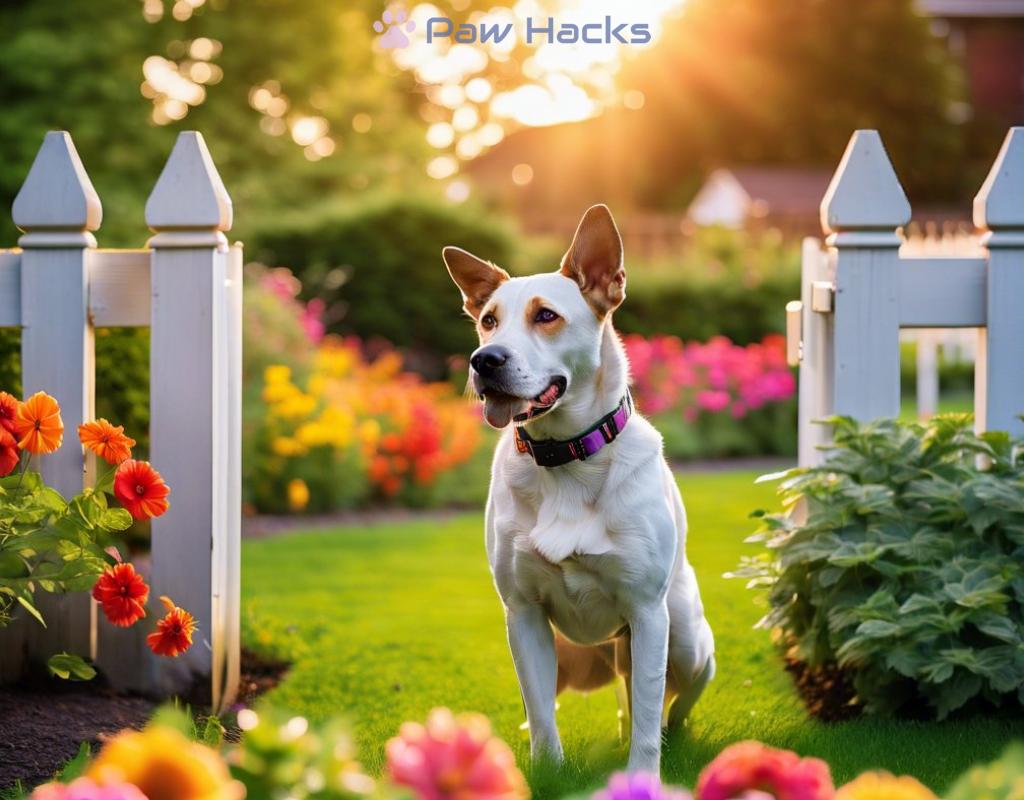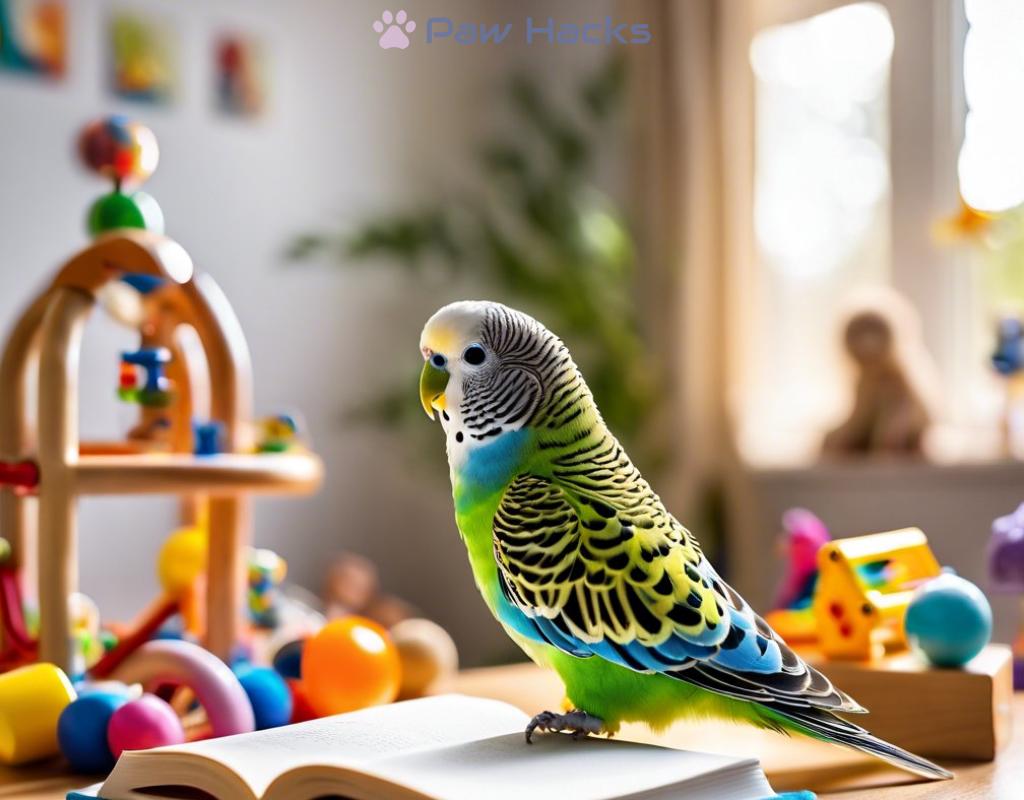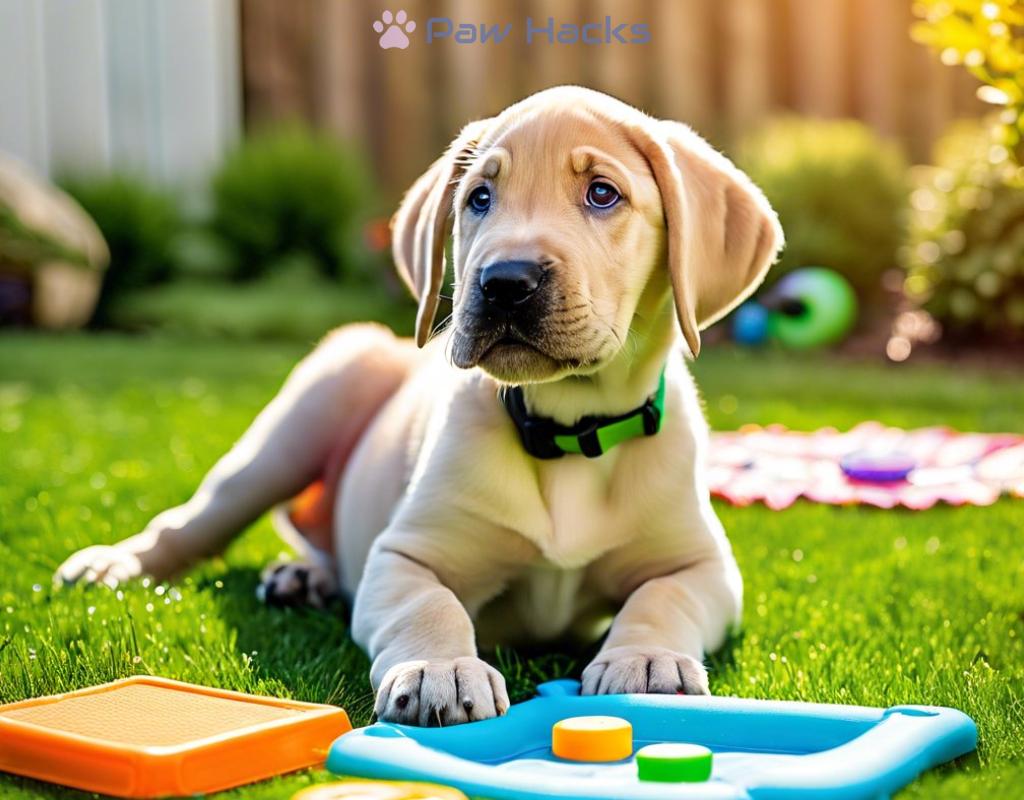Teaching Dogs to Fetch
Understanding the Fetch Game
Teaching your dog to fetch is not only a great way to exercise them but also strengthens the bond between you and your furry friend. This game taps into your dog’s natural instincts, allowing them to engage in a fun and fulfilling activity. Fetch is more than just a game; it serves as a mental and physical workout for your dog, making it an essential part of their daily routine.
Essential Steps to Master the Fetch Technique
Getting your dog to understand the concept of fetch requires patience and consistency. Here’s a comprehensive guide to help you teach your dog this exciting game:
- Choose the Right Toy: Select a toy that your dog is excited about. This could be a ball, frisbee, or a soft plush toy.
- Introduce the Toy: Start by letting your dog sniff and play with the toy. Make it enticing by engaging in a little tug-of-war.
- Establish the Throw: Toss the toy a short distance. Use an enthusiastic voice to encourage them to go after it.
- Encourage Retrieval: When your dog picks up the toy, call them back to you. Use treats or praise to motivate them to return.
- Practice Drop It: Teach your dog to release the toy by using commands like “drop it” and rewarding them when they comply.
- Increase the Distance: Gradually increase the distance of your throws as your dog becomes more comfortable with the game.
This process may take time, and every dog learns at their own pace. Be patient, and celebrate small victories!
Common Challenges and Solutions
While teaching your dog to fetch can be straightforward, you may encounter a few challenges along the way. Here are some common issues and how to address them:
- Distraction: If your dog gets distracted easily, practice in a quiet area before moving to more stimulating environments.
- Refusal to Return: If your dog refuses to come back with the toy, consider using a second toy to entice them back.
- Lack of Interest: If your dog shows no interest in fetching, try different types of toys until you find one that excites them.
By understanding these challenges and implementing strategic solutions, you can foster a positive learning environment for your dog.
Share this content:



